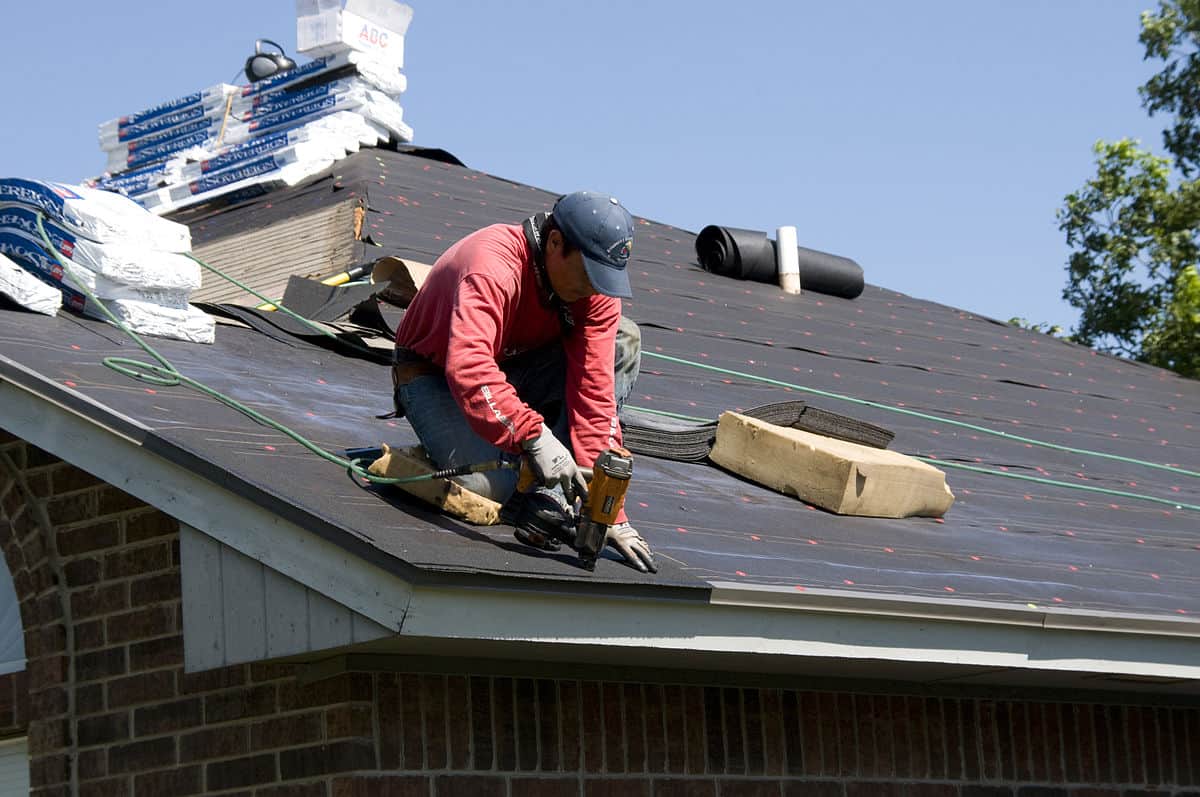Ideal Practices for Ensuring Proper Roof Covering Ventilation
A well balanced consumption and exhaust air vent ratio, frequently 1:300, plays a crucial duty, with consumption vents ideally positioned at the reduced side of the roofing system for amazing air entry and exhaust vents at the optimal for cozy air departure. Keeping insulation away from vents is vital to prevent airflow constraint.
Understand Ventilation Basics
Appropriately comprehending air flow fundamentals is vital for making sure the long life and performance of roof systems. Reliable air flow mitigates moisture build-up and temperature extremes in the attic room, both of which can bring about significant architectural damages with time. A well-ventilated roofing system helps in avoiding common concerns such as mold and mildew development, wood rot, and ice dams, which can endanger the integrity of the roofing materials and the underlying structures.
The key objective of air flow is to promote the motion of air, enabling for a constant exchange in between the outdoor and indoor environments. This equilibrium is accomplished with a mix of intake and exhaust vents that interact to maintain optimal airflow. Intake vents, typically located along the soffits or eaves, permit fresh air to go into the attic space, while exhaust vents, usually situated at or near the roofing ridge, allow warm, damp air to get away.
Key aspects influencing the effectiveness of roofing system air flow consist of proper positioning, adequate sizing, and ensuring that both intake and exhaust vents are unobstructed. Regular examination and maintenance are essential to recognize possible clogs, damages, or inefficiencies in the air flow system, consequently guarding the roof's performance and resilience.
Sorts Of Roof Covering Vents
Roof vents play a critical role in maintaining reliable attic room ventilation and, by extension, the total wellness of the roof covering system. Numerous kinds of roof vents are available, each with special advantages customized to specific roofing demands.

Soffit vents are set up under the eaves and operate in tandem with roofing system vents to guarantee a well balanced consumption and exhaust system. By enabling cooler air to enter from below, soffit vents help with the expulsion of hot air with upper vents. Gable vents, located on the exterior walls of the attic room, deal one more efficient solution, particularly in homes with gable roof coverings.
Assess Your Existing Air Flow

Following, consider the age and condition of your roofing products and ventilation parts. Older systems might not abide by existing building codes or may have weakened gradually, lowering their efficiency. Conduct an extensive evaluation to recognize any kind of indications of wear and tear, such check over here as corrosion, damages, or voids that might endanger the system's efficiency.
In addition, measure the attic room temperature level and moisture levels. High temperatures and humidity can indicate inadequate air flow - gainesville fl roofing companies. Make use of a hygrometer and thermostat to get accurate readings, comparing them with exterior conditions. Persistent discrepancies suggest possible issues that need addressing.
Setup Best Practices
Reliable installment of roof air flow systems is vital for making certain optimum efficiency and durability. Appropriate installation begins with comprehending the specific air flow needs of the structure and the roof it covers. This entails calculating the right ratio of consumption to wear down vents, generally sticking to the 1:300 regulation, which specifies one square foot of air flow for each 300 square feet of attic floor space.

The placement of vents is similarly essential. Intake vents must be set up at the roofing's lower side, often in the soffits, to allow amazing air to go into. Exhaust vents, on the other hand, ought to be set up near or at the roof's peak to help with the leave of cozy, damp air. This develops an all-natural airflow that assists preserve temperature level and wetness equilibrium within the attic space.
Seal all air vent connections thoroughly to avoid air leaks and possible water infiltration. Usage top best site quality materials and comply with supplier standards to ensure resilience and efficiency. Additionally, integrating ridge vents with baffles can significantly boost airflow effectiveness by stopping wind-driven rain and snow from going into the attic room.
Inevitably, precise installation of roof air flow systems minimizes prospective problems such as mold development, ice dams, and architectural damage, guaranteeing the roofing system's integrity and the structure's total health and wellness.
Normal Maintenance Tips
Consistency in upkeep practices is basic to making certain the lasting efficiency of roof covering air flow systems. During these evaluations, make certain that vents are free of debris, nests, and various other blockages that might restrain airflow.
Cleaning the vents is one more crucial job. Utilize a soft brush or a vacuum to get rid of dirt and debris from intake and exhaust vents. Beware not to harm the air vent screens or louvers throughout the process. Additionally, inspect the attic room for any type of indicators of water damage, which could endanger the stability of the roof.
Correct insulation is go to this web-site similarly vital. Ensure that attic insulation does not obstruct the vents, as this can significantly limit air flow. Rearrange or replace it to keep a reliable barrier. if any kind of insulation has actually changed or settled.
Lastly, replace any harmed or missing out on parts immediately. Broken vents, cracked tiles, or scrubby flashing can all contribute to inadequate air flow and should be addressed immediately. Regular maintenance ensures that the roof covering ventilation system operates ideally, consequently expanding the life expectancy of the roofing itself.
Final Thought
Ensuring appropriate roofing air flow is critical for keeping the effectiveness and longevity of a roofing system. Adherence to the 1:300 consumption and exhaust air vent ratio, paired with the critical placement of vents, is important.
A balanced consumption and exhaust air vent ratio, generally 1:300, plays an essential role, with consumption vents preferably put at the reduced side of the roofing for cool air access and exhaust vents at the height for warm air exit. Consumption vents, generally located along the eaves or soffits, enable fresh air to go into the attic space, while exhaust vents, often positioned at or near the roof ridge, allow warm, humid air to escape.
Soffit vents are set up under the eaves and work in tandem with roofing vents to make sure a well balanced intake and exhaust system. By enabling cooler air to enter from below, soffit vents help with the expulsion of hot air via top vents. Adherence to the 1:300 consumption and exhaust air vent ratio, coupled with the tactical placement of vents, is essential.
Comments on “Vital Inquiries to Ask Gainesville Roofing Companies Prior To Working With”